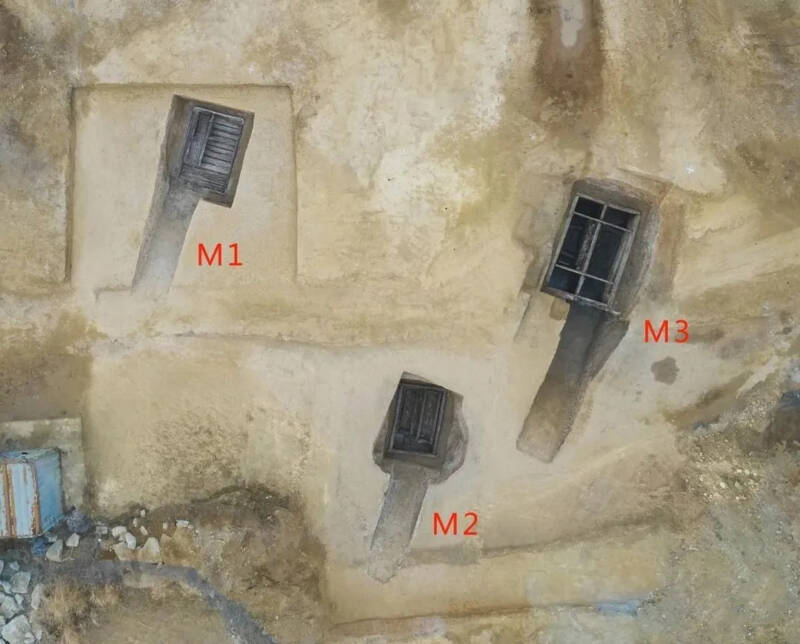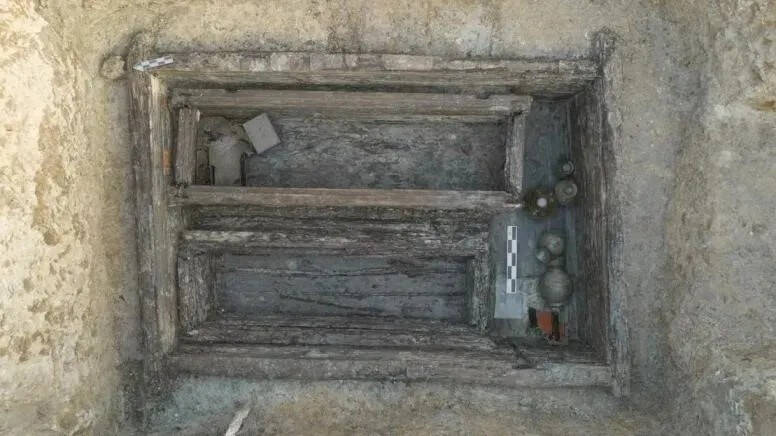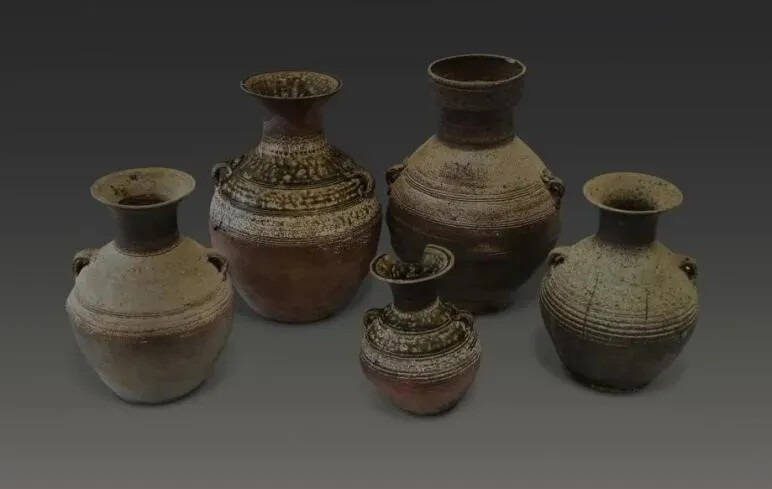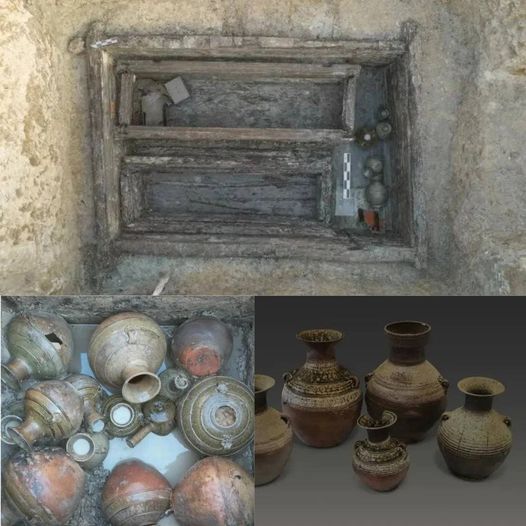In the ancient land of China, where history whispers from the very soil, archaeologists have recently made a remarkable discovery that sheds light on the lives and beliefs of a bygone era. Deep within the city of Rizhao, three tombs dating back to the Han Dynasty (206 B.C.E. to 220 C.E.) have been unearthed, revealing a unique architectural design that mimics the layout of a residence.
These “residential” tombs, as they have been dubbed, offer a captivating glimpse into the funerary practices and social strata of one of the most influential dynasties in Chinese history. From intricate murals to exquisitely crafted artifacts, the treasures found within these ancient resting places have captivated the attention of archaeologists and historians alike.
The Discovery of the “Residential” Tombs
In late 2023 and early 2024, a team of archaeologists from the Shandong Provincial Underwater Archaeology Research Center and the Rizhao Municipal Institute of Cultural Relics and Archaeology conducted excavations in Keshijia Park, Rizhao, in preparation for the park’s expansion. It was during this investigation that they stumbled upon a burial mound containing three remarkable tombs, designated as M1, M2, and M3.
Sadly, two of the tombs had already been looted by tomb raiders, but the third, M3, remained largely untouched, offering a unique opportunity for researchers to study the site in its near-pristine condition. Each of the three tombs held the remains of two burials, and at least one, M3, featured a layout that resembled a residential structure, complete with miniature doors, windows, brick arches, and floral murals adorning the walls.

According to the Institute of Archaeology at the Chinese Academy of Social Sciences, the researchers believe these tombs likely belonged to a wealthy family from the Han Dynasty, who sought to recreate the comforts of their earthly abode in the afterlife.
The Treasures Found Within These Han Dynasty Tombs

The artifacts discovered within the tombs provide a wealth of information about the lives and status of the individuals buried there. Among the 70 artifacts unearthed, researchers found an array of pottery, an iron sword, mirrors, hairpins, and bronze seals.
One of the most significant finds was the discovery of bronze seals bearing the surname “Huan,” suggesting that the individuals interred in the tombs were from the same family. In fact, one of the seals even revealed the full name “Huan Jia,” likely the person laid to rest within.
The researchers also uncovered the remains of a rare and exquisitely crafted carriage used to transport the coffins to the tomb, a testament to the wealth and status of the deceased.
Beyond the material objects, the layout of the tombs themselves was a revelation. As the press release from the Institute of Archaeology explained, “What is particularly noteworthy is that the well-preserved M3 tomb has a clear structure. There are doors and windows connecting the two tombs, and the tomb structure has obvious residential characteristics.”
This residential design, complete with interconnected rooms and architectural features, suggests that the builders of these tombs sought to create a comfortable and familiar environment for the deceased, allowing them to continue their earthly existence in the afterlife.
Insights into Ancient Chinese History

The discoveries within these Han Dynasty tombs extend far beyond the boundaries of the burial sites themselves. The presence of wood vessels and glazed pottery linked to the Chu, Wu, and Yue regions of ancient China provides valuable insights into the trade networks and cultural connections that existed during this period.
These artifacts offer a tantalizing glimpse into the intricate web of relationships and exchanges that characterized the Han Dynasty, a time of immense political, economic, and cultural influence in Chinese history.
Conclusion
The unearthing of these “residential” tombs in Rizhao, China, is a remarkable archaeological find that sheds new light on the beliefs, practices, and social hierarchies of the Han Dynasty. From the exquisitely crafted artifacts to the innovative architectural design, these ancient resting places offer a window into a world long since passed, yet still reverberating with the echoes of a rich and vibrant history.
As researchers continue to study and unravel the secrets of these remarkable tombs, we can only imagine the wealth of knowledge and understanding that will emerge, further illuminating the tapestry of China’s extraordinary past. The discovery of these “residential” tombs serves as a powerful reminder that the past is never truly gone, but rather, it lives on, waiting to be uncovered and celebrated by those who seek to understand the enduring story of human civilization.
